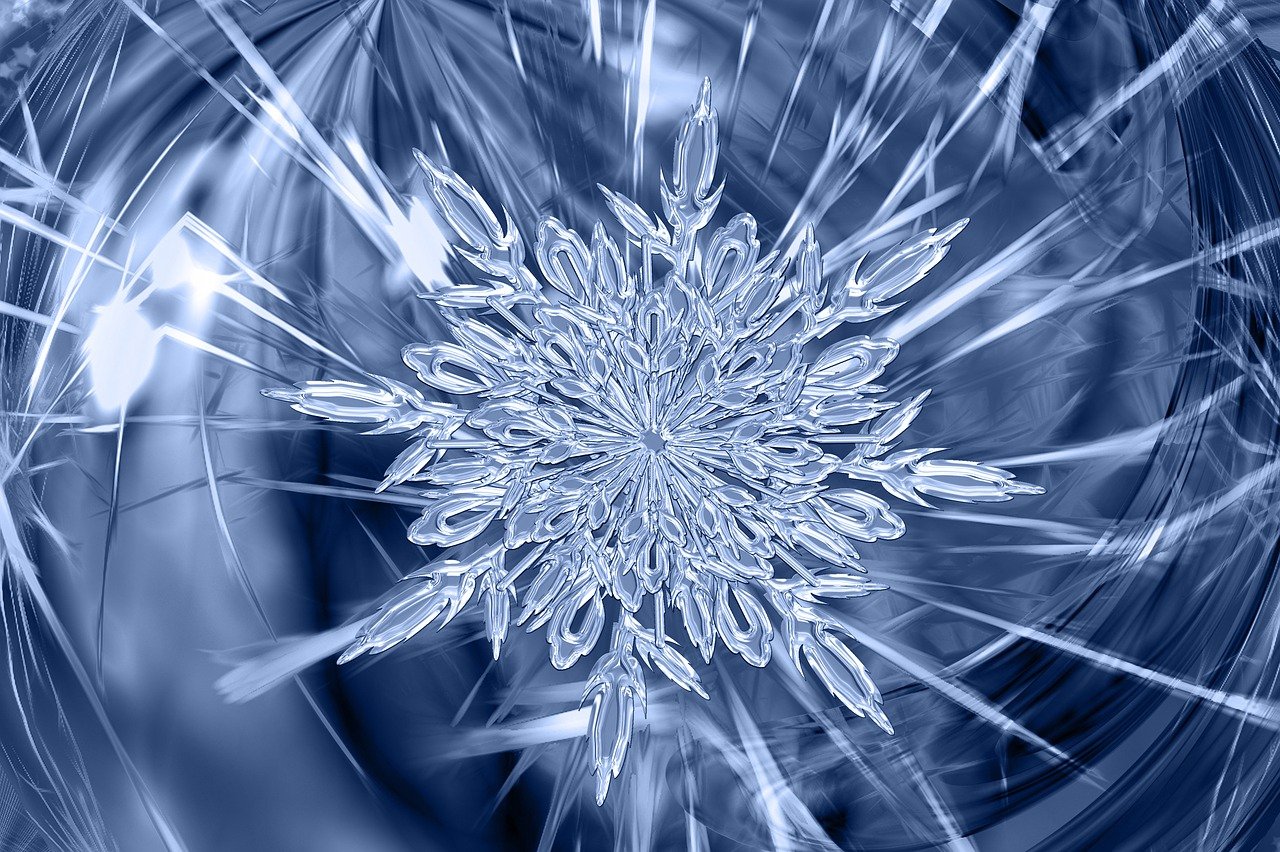Low-Temperature Quantum Physics // Cold Molecule

Pixabay
What makes this physical molecule interesting? Well, its properties. As I said before, it cools before taking photos, its kinetic energy decreases drastically, allowing it to be studied with unprecedented precision at these very low temperatures.
This molecule exhibits unique behavior, that is, it is a unique phenomenon in its category, to put it this way, singular as a physical phenomenon, since the formation of an exotic quantum state with greater sensitivity to the quantum correlation effect is intertwined. Well, there are three fundamental aspects that we must understand: low kinetic energy, which allows for greater stability and control over molecular interaction; second, the quantum state, well defined because ultra-cold temperatures allow molecules or this type of molecules to be manipulated with great precision; and finally, controlled collision, since this is a chemical reaction specific to this molecule. My readers, don't know that the formation and breaking of chemical bonds are allowed at these types of temperatures. Well, for my research case study, which I always share with you at the level of physics and the kinetic idea, I was unaware that molecules with very cold properties existed and that these could be studied through the field of physics: kinetic energy, quantum physics, and controlled collision.
Now my reader friends we have, this molecule is applied or what is its application, the cold molecule, well we have, the simulation of quantum models to create condensed matter forms such as superconductivity and quantum magnetism, continuing through this molecule we have another one that in quantum computing, cold molecules can be used as qubits in highly controlled quantum computing systems, under that type of temperature and at the level of the field of astrophysics, chemistry of this same magnitude of study of physics, helps us understand the chemical reaction that occurs in deep space, where extremely low temperatures and reveals a little more behavior of time, space and its immensity in the vacuum.
Another important fact that we should know is the methods applied to cool your type of molecule: my reader friends, here comes the good part, the laser cooling method is used, a technique used mainly in atoms, but it adapts certain molecules with favorable electromagnetic transitions, for their use of photons and this is used to reduce the radiant impact of light; Which is capable of cooling in a type of thermal equilibrium. Well, continuing in this order, what idea do we have now? Controlled evaporation is similar to liquid evaporation, where the most energetic molecules escape from the system, leaving it in cold equilibrium.
Now we have Zeeman-Stark deceleration, which is another magnetic and electrical method for slowing polar molecules through low temperatures. It is another type of magnitude applied through this magnetic field, and for another reason when it encloses a type of optical magnetic trap. In this case, the molecules are cooled in potentials, remaining with a laser and at the same time a magnetic field, enclosed to facilitate manipulation of its photons and molecules at low temperatures.
Representation of the kinetic energy of a cold molecule:
Ek = 1/2 mv^2
Ek: is the kinetic energy.
m: is the mass of the molecule.
v: is the velocity of the molecule at low temperatures.
Bibliographic Reference
Structure of Matter
An Introduction to Modern Physics
by Robert W. Christy, Agnar Pytte, 2023.
The Universe in a Bit by José Enrique Campillo, 2022.
Thanks for your contribution to the STEMsocial community. Feel free to join us on discord to get to know the rest of us!
Please consider delegating to the @stemsocial account (85% of the curation rewards are returned).
Thanks for including @stemsocial as a beneficiary, which gives you stronger support.